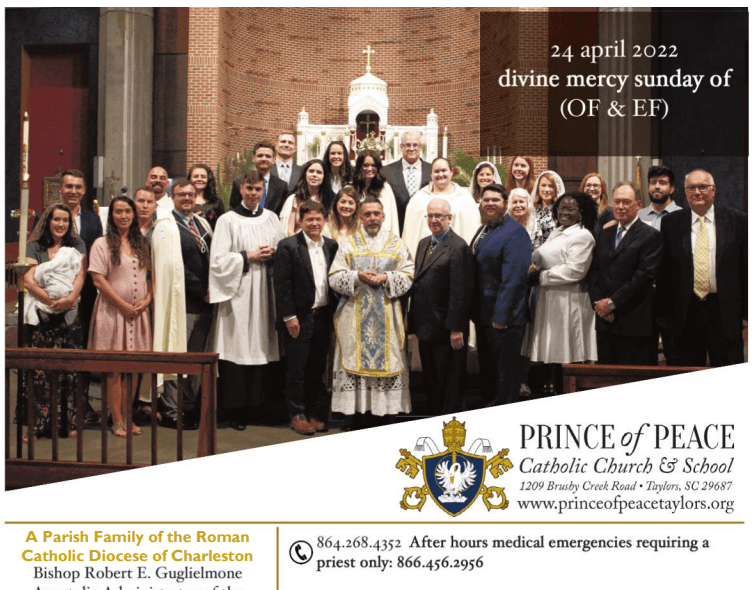
24 April 2022 Bulletin
Click to read this week’s bulletin: 24 April 2022 Bulletin

Click to read this week’s bulletin: 24 April 2022 Bulletin
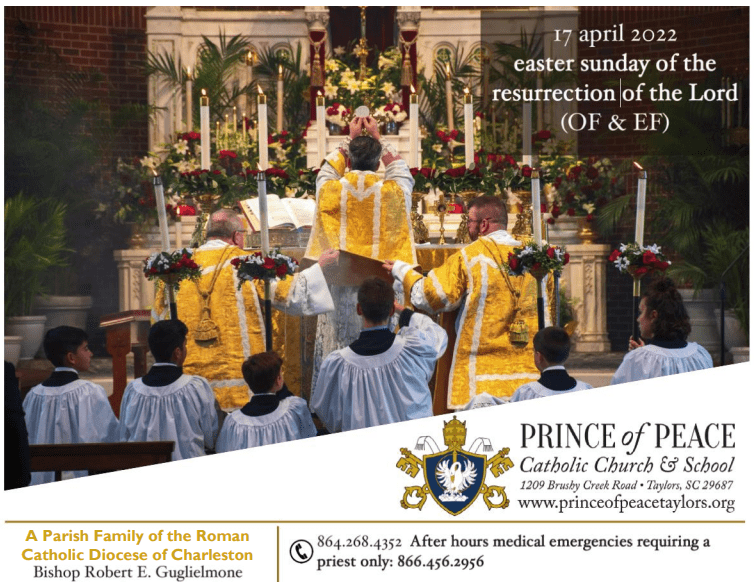
Click to read the Easter Bulletin: 17 April 2022 Bulletin
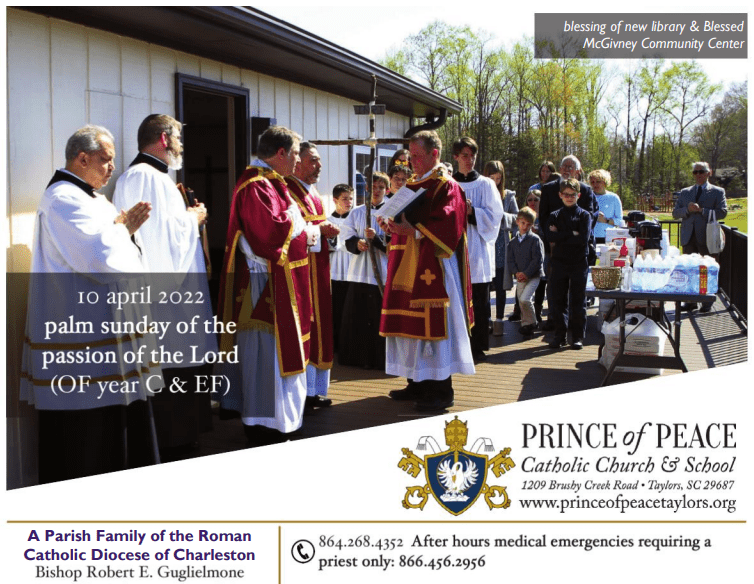
Click to read this week’s bulletin: 10 April 2022 Bulletin
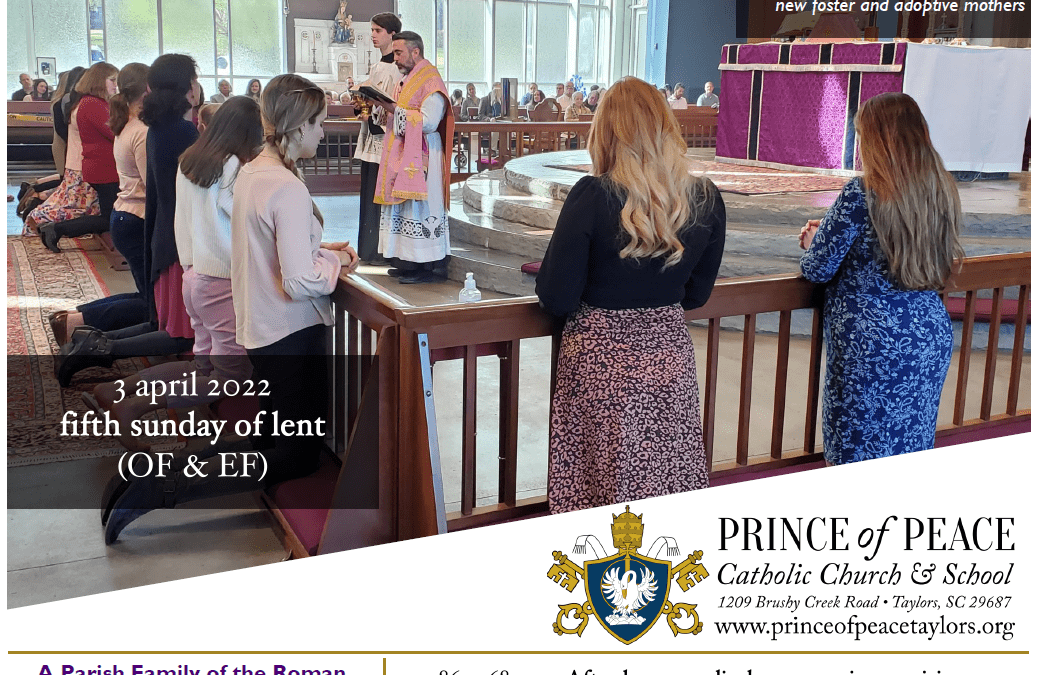
Click to read this week’s bulletin: 3 April 2022 Bulletin
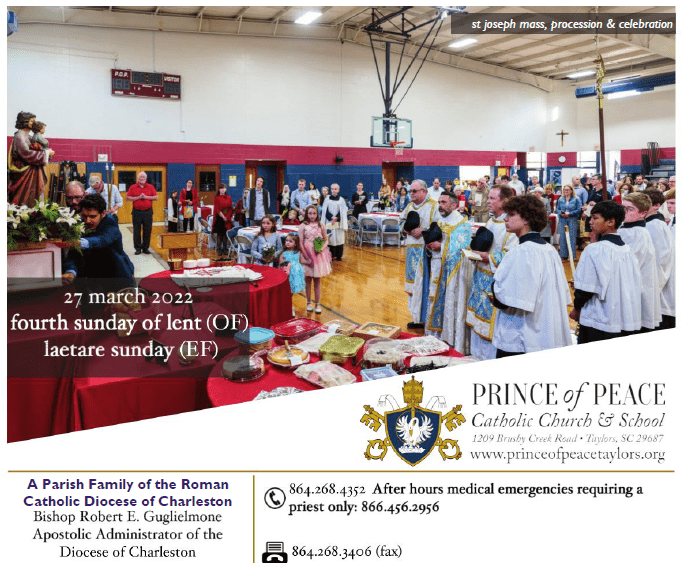
Click to read this weekend’s bulletin: 27 March 2022 Bulletin
Recent Comments